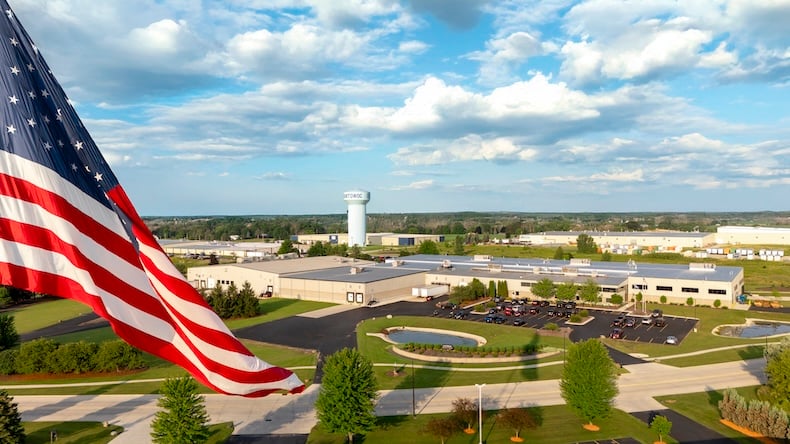
Light weighting for military applications has been a key focus for many defense contractors. Significant strides have been made in converting many components of armed forces gear from metal to plastic, reducing per-soldier equipment loads by as much as 50% while allowing service members to remain lithe, agile – and, above all, safe – when engaged in maneuvers or combat.
Plastics are changing the technological battlefield, too. Experienced, full-service molders like Kaysun are increasingly being called upon to devise, develop and produce complex injection-molded plastic components that make defense and public safety communications technology work smarter in the field and more economically in budgets – all without jeopardizing user welfare or supply chain continuity.
Here are some of the latest innovations in military and public safety gear and machinery brought about with the help of injected-mold plastic components:
Remaining undetected gives fighting forces an upper hand, but traditional metal machinery leaves large electromagnetic radar/sonar echo signatures and infrared heat source footprints. A variety of non-conducting and insulating resins have been introduced to increase the stealth capabilities for military applications:
Multi-layered steel/resin/fiberglass composite and matrix polymer ceramic panels have been used on tanks since the Cold War. Since then, layers of titanium, Kevlar and rubber have been added to vehicle armor to reduce weight but increase protective properties.
Kevlar has long been the standard bearer in military and public safety personnel protection, but plastics are playing a part in new approaches:
Military personnel and first responders are often in perilous situations that leave them vulnerable and not always visible. Several GPS-based products currently exist to find people within structures, but outdoor location detection is lacking. The advent of Internet of Things (IoT) connectivity has led to the development of Artificial Intelligence (AI) that collects data about temperatures, gases and other danger signals that are transmitted to users through handheld or wearable sensors to help guide them safely through environments and keep tabs on their location and condition.
Unmanned flying devices (drones) offer technology and construction that is being adapted to automated and remotely controlled jet fighters. These next generation aircraft – stealth drones – are lightweight and polymer-shielded so as to be virtually “invisible” to enemy radar.
Defense contractors are responsible for giving military and public safety personnel the tools they need to efficiently and safely do their jobs, making a partnership with an experienced, complex injection molder particularly important. Before your next project, download our tip sheet, What Type of Injection Molder Do You Need? to evaluate and align injection molder capabilities with your design, development and production needs.


TL; DR: The 30-second Summary If you’re looking for custom injection molding compa…
READ MORE

TL; DR (Quick Article Summary) Why is reshoring a smart OEM supply chain strategy?…
READ MORE

Precision presses are central to producing injection-molded parts for complex appl…
READ MORE